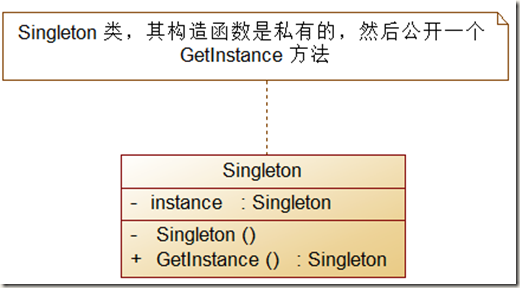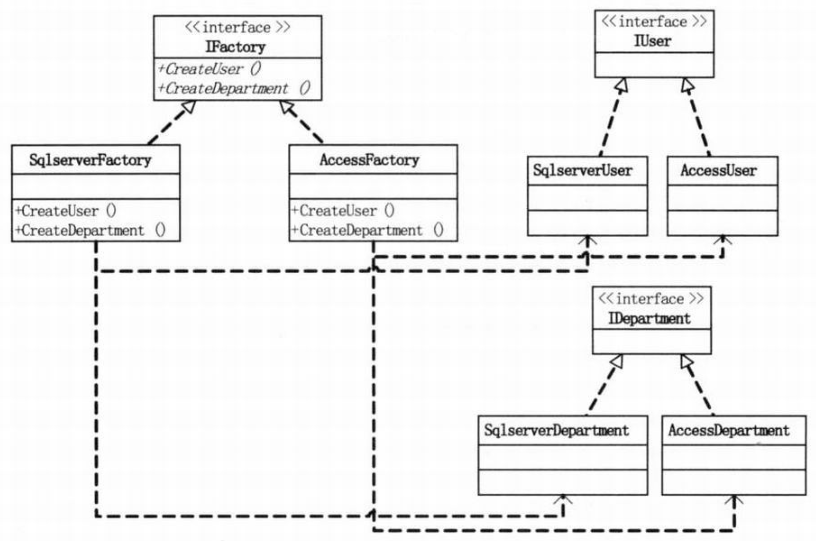工厂方法模式
和简单工厂的不同之处: 把逻辑判断从工厂类中移到客户端。1 2 3 4 5 6 7 8 9 10 11 12 13 14 15 16 17 18 19 20 21 22 23 24 25 26 27 28 29 30 31 32 33 34 35 36 37 38 39 40 41 42 43 44 45 46 47 48 49 50 51 52 53 54 55 56 57 58 59 60 61 62 63 64 65 66 67 68 69 70 71 72 73 74 75 76 77 78 79 80 81 82 83 84 85 86 87 88 89 90 91 92 93 94 95 96 97 98 99 100 101 102 103 104 105 106 107 108 109 110 111 112 113 114 115 116 117 118 119 120 121 122 123 124 125 126 127 128 129 130 131 132 133 134 135 136 137 138 139 140 141 142 143 144 * FactoryMethod.cpp * * 工厂方法模式 * Created on: 2016年3月13日 下午8:56:50 * Author: Wayne 13186259527@163.com */ #include <iostream> #include <stdlib.h> using namespace std ;class Operation {private : double x, y; char c; public : Operation() { } Operation(double x, double y, char c) { this ->x = x; this ->y = y; this ->c = c; } virtual double Calc (double x, double y) return 0 ; } ; double GetX () return this ->x; } double GetY () return this ->y; } char GetC () return this ->c; } }; class Add: public Operation {public : Add() { } ; double Calc (double x, double y) return x + y; } }; class Sub: public Operation {public : Sub() { } ; double Calc (double x, double y) return x - y; } }; class Mul: public Operation {public : Mul() { } ; ; double Calc (double x, double y) return x * y; } }; class Div: public Operation {public : Div() { } ; double Calc (double x, double y) if (y == 0 ) { cout << "0不能作为被除数" << endl; exit (0 ); } return x / y; } }; class Factory {public : virtual Operation* CreateOperation () return NULL ; } ; }; class AddFactory: public Factory {public : Operation* CreateOperation () { return new Add(); } }; class SubFactory: public Factory {public : Operation* CreateOperation () { return new Sub(); } }; class MulFactory: public Factory {public : Operation* CreateOperation () { return new Mul(); } }; class DivFactory: public Factory {public : Operation* CreateOperation () { return new Div(); } }; int main (void ) cout << "hello world" << endl; cout << "eg:5+8" << endl; double x, y; char c; cin >> x >> c >> y; double result; Factory *f = NULL ; Operation *p = NULL ; switch (c) { case '+' : f = new AddFactory(); break ; case '-' : f = new SubFactory(); break ; case '*' : f = new MulFactory(); break ; case '/' : f = new DivFactory(); break ; } p = f->CreateOperation(); result = p->Calc(x, y); cout << "result = " << result << endl; return 0 ; }





